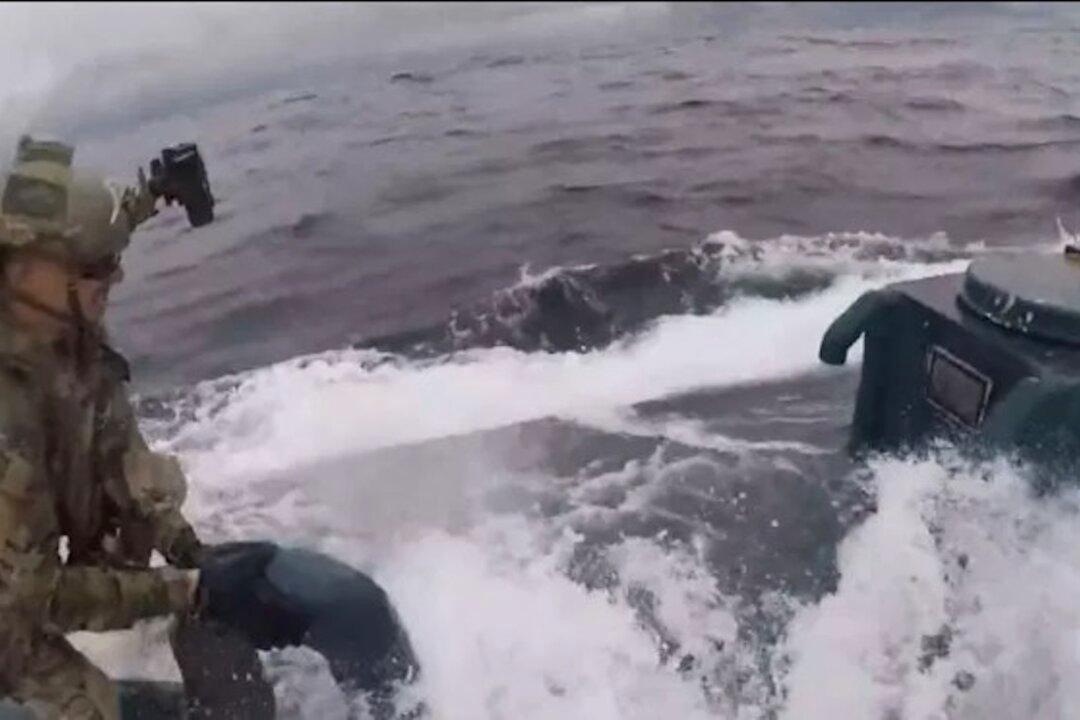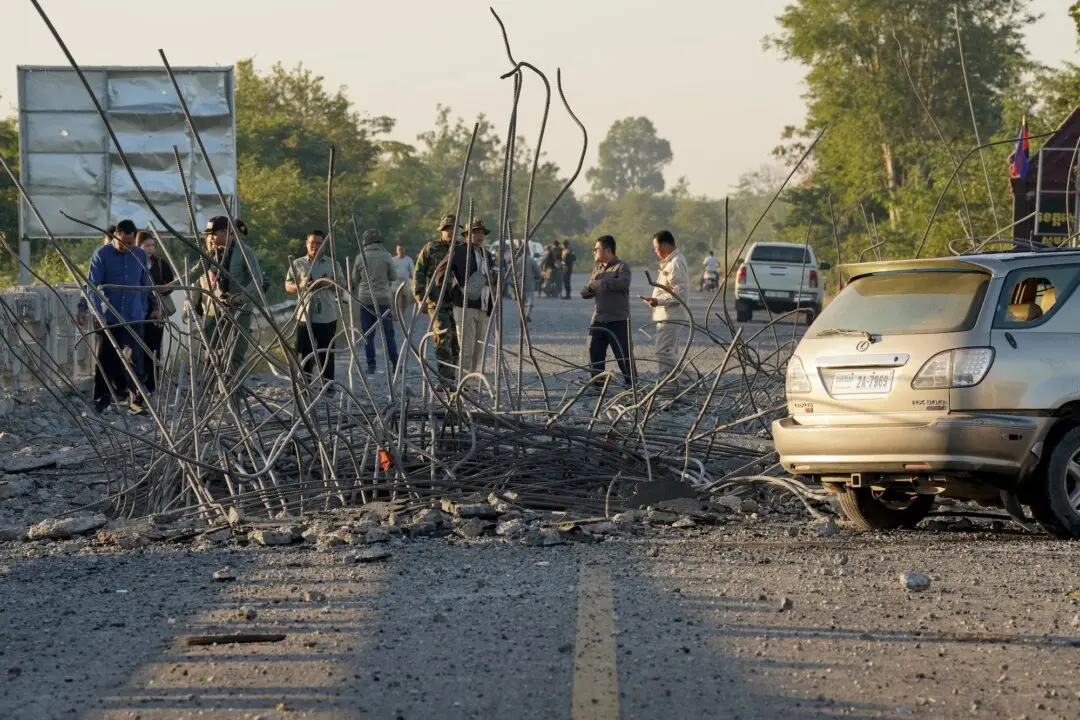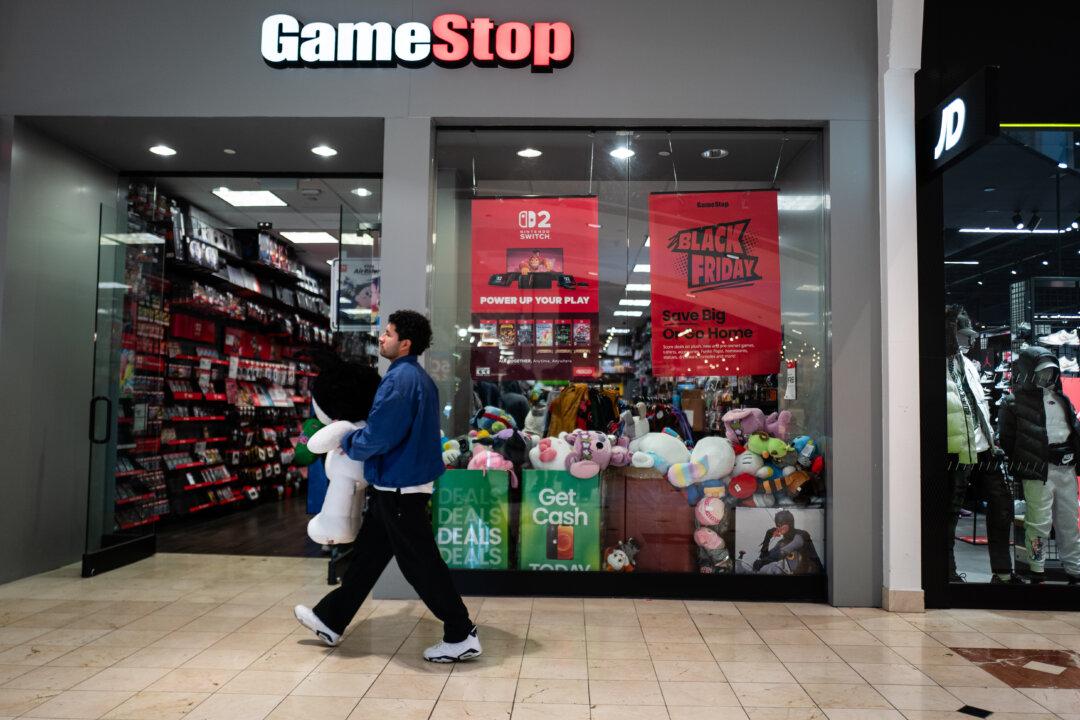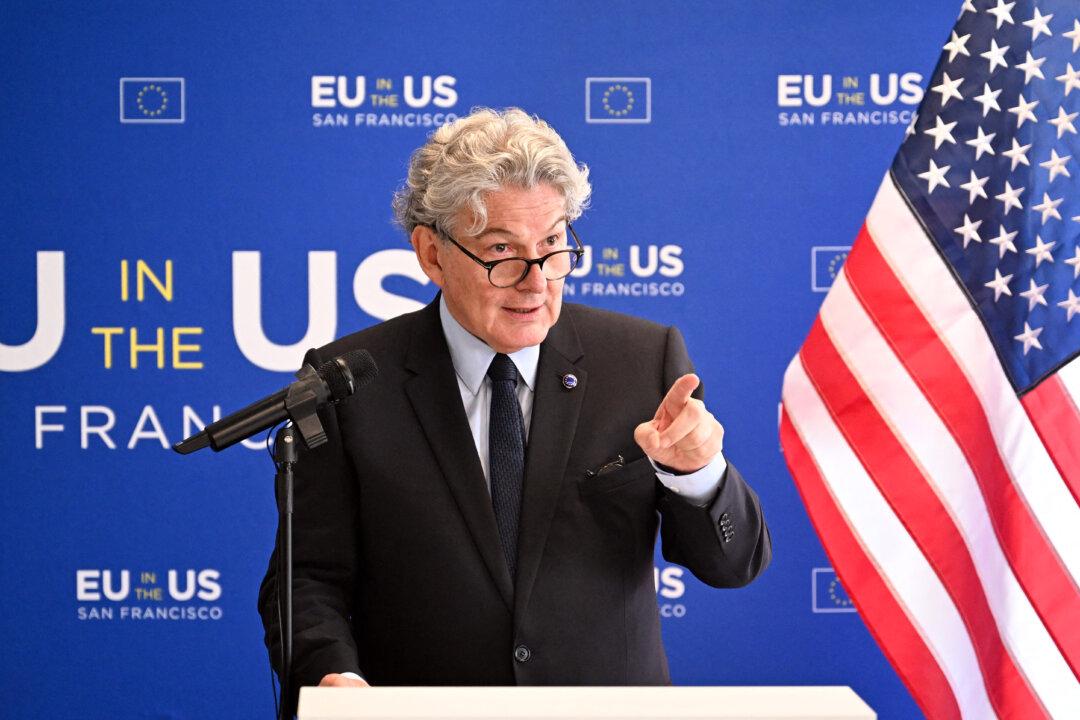The U.S. Coast Guard has released video of service members jumping onto a moving submarine as part of a dramatic, high-seas cocaine bust worth $232 million.
In video released on Thursday, July 11, the U.S. Coast Guard Cutter Munro can be seen chasing down a drug-smuggling submersible as it moved alongside the cutter at the surface of the Eastern Pacific Ocean, according to a Coast Guard news release.





